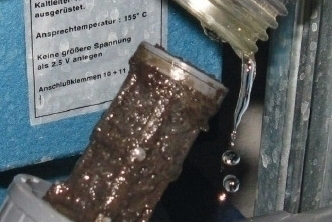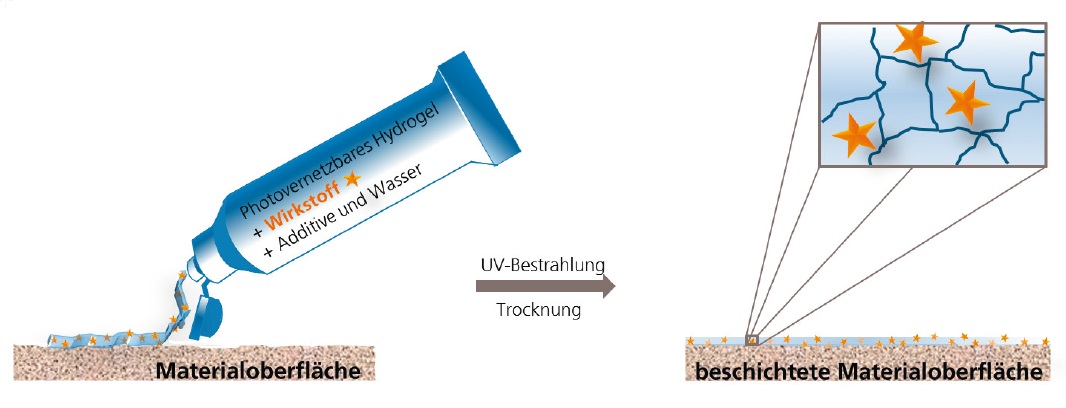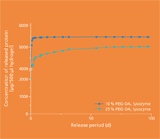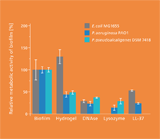Undesirable biofilms

Bacteria and fungi preferably live in biofilms. These consist of cooperatively acting microorganisms surrounded by a self-produced layer of slime, to protect from external attacks. They are omnipresent at natural and technical boundaries in humid or wet environments. Biofilms in the wrong place or those containing pathogenic organisms can represent a health hazard, cause damage to materials, or greatly increase the energy demand in plant operation. This is why biocides are used in many areas. Their approval and application is controlled by a series of laws, ordinances and European regulations. With increasing statutory restrictions for their use comes an increase in the need for biocide-free antimicrobially active equipment for technical surfaces. At the Fraunhofer IGB, materials scientists, micro-, molecular- and cell-biologists work together, across divisions, to develop suitable systems.
 Fraunhofer Institute for Interfacial Engineering and Biotechnology IGB
Fraunhofer Institute for Interfacial Engineering and Biotechnology IGB

